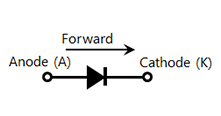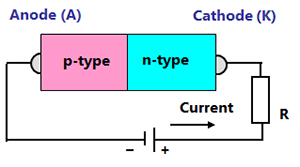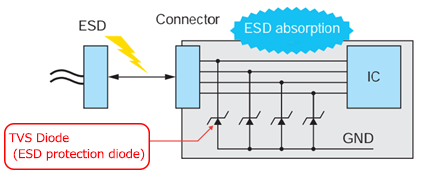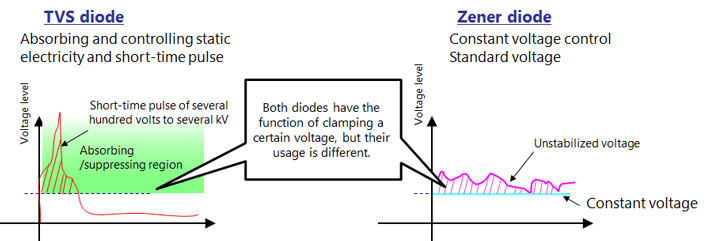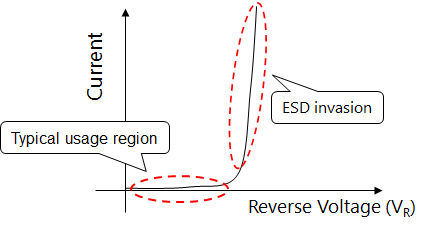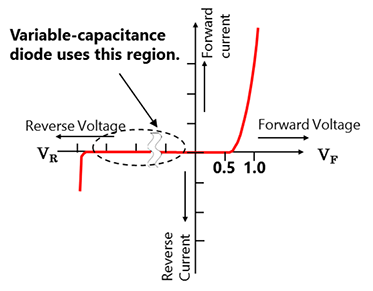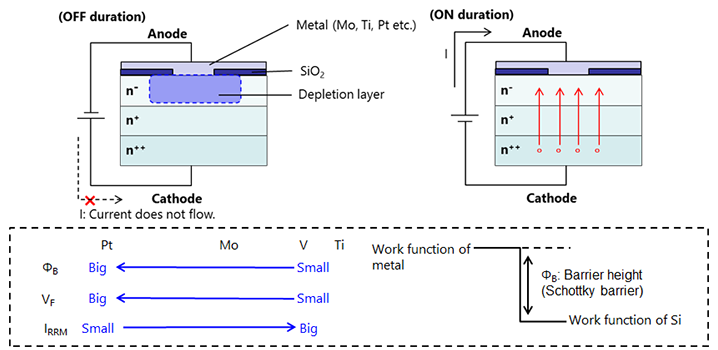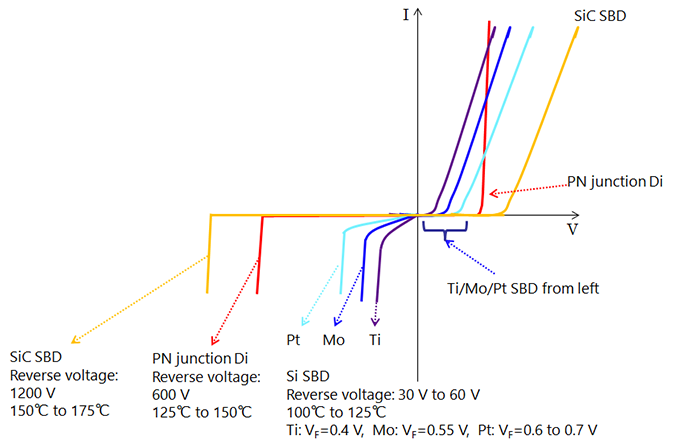- 型号 & 关键词搜索
- 交叉搜索
- 参数搜索
- 库存查询与购买
This webpage doesn't work with Internet Explorer. Please use the latest version of Google Chrome, Microsoft Edge, Mozilla Firefox or Safari.
请输入3个以上字符 Search for multiple part numbers fromhere.
The information presented in this cross reference is based on TOSHIBA's selection criteria and should be treated as a suggestion only. Please carefully review the latest versions of all relevant information on the TOSHIBA products, including without limitation data sheets and validate all operating parameters of the TOSHIBA products to ensure that the suggested TOSHIBA products are truly compatible with your design and application.Please note that this cross reference is based on TOSHIBA's estimate of compatibility with other manufacturers' products, based on other manufacturers' published data, at the time the data was collected.TOSHIBA is not responsible for any incorrect or incomplete information. Information is subject to change at any time without notice.
请输入3个以上字符
整流二极管的正向特性(IF-VF特性)
下载“第Ⅱ章:二极管” (PDF:895KB)
整流二极管的正向特性随电流电平和温度的变化而变化。
在低电流区,VF在高温时较低,而在大电流区的情况则相反。
一般来说,使用二极管时,应在Q点(上述两种情况的交叉点)以下有足够的温度裕量。
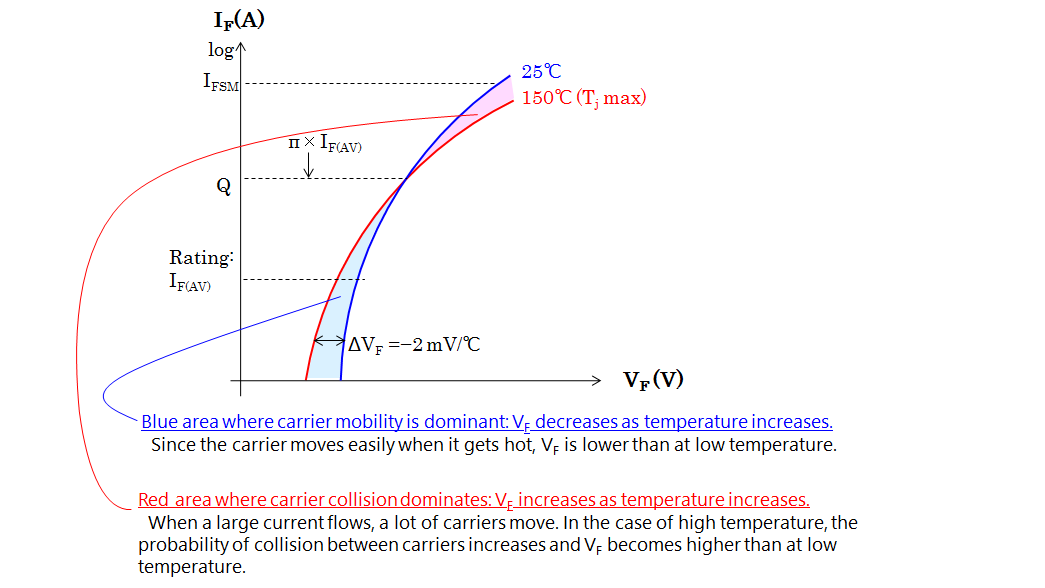
(1)以载流子迁移为主的蓝色区域:VF随着温度的升高而降低。
由于载流子在受热时很容易移动,因此VF在高温时比低温时低。
(2)以载流子碰撞为主的红色区域:VF随着温度的升高而升高。
当大电流流动时,许多载流子会移动。在高温情况下,载流子之间的碰撞概率增加,VF比低温时高。



